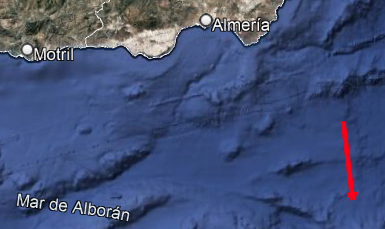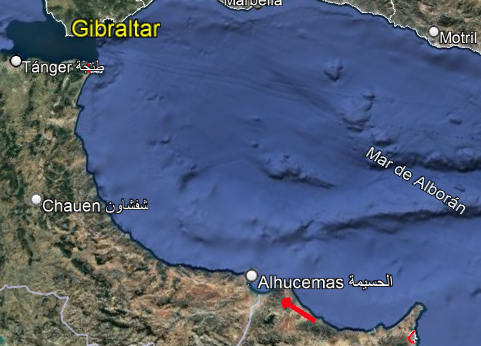Over the past few days, the sky has turned into a true light show: we’ve detected more than a dozen fireballs just this week! Each night brings its own fleeting flash, the result of the intense meteoric activity we’ve been recording throughout November.
Comets such as 2P/Encke and 55P/Temple–Tuttle are fueling this surge in activity that has persisted all month long.
On November 18th, 19th, and 20th, several of these events were captured by the SMART Project sensors at the Calar Alto (Almería), La Hita (Toledo), Sierra Nevada (Granada), La Sagra (Granada), Otura (Granada), Seville, Mazagón (Huelva), and El Arenosillo (Huelva).
Once again, the external cameras at Calar Alto in Almería recorded these brilliant fireballs. Below you will find the preliminary data for the events already analyzed. As we receive new information, we will update this note with the results of the remaining analyses.
The preliminary analysis conducted by Professor José María Madiedo (Institute of Astrophysics of Andalusia IAA-CSIC), Principal Investigator of the SMART Project, concluded that both events originated from comet 2P/Encke. The data and videos obtained appear below:
 Fireball on November 18 at 20:46 UT:
Fireball on November 18 at 20:46 UT:
- Event type: cometary (Comet 2P/Encke)
- Initial speed: 94,000 km/h
- Initial altitude: 89 km
- Final altitude: 55 km
- Path: Murcia – Albacete
Meteor on November 18 at 20:53 UT:
Its brightness was too low to qualify as a fireball (absolute magnitude brighter than –4), remaining classified as a meteor or “shooting star.”
💫 Make a wish! 💫
 Fireball on November 18 at 22:38 UT:
Fireball on November 18 at 22:38 UT:
- Event type: cometary
- Initial speed: 232,000 km/h
- Initial altitude: 113 km
- Final altitude: 91 km
- Path: Teruel – Cuenca
Fireball on November 19 at 01:31 UT: ❓🤔 **Pre-analysis pending**
- Event type: ***
- Initial speed: ***
- Initial altitude: ***
- Final altitude: ***
- Path: ***
 Fireball on November 19 at 03:59 UT:
Fireball on November 19 at 03:59 UT:
- Event type: asteroidal
- Initial speed: 69,000 km/h
- Initial altitude: 80 km
- Final altitude: 49 km
- Path: Mediterranean Sea
 Fireball on November 19 at 04:05 UT:
Fireball on November 19 at 04:05 UT:
- Event type: cometary (Comet 55P/Temple–Tuttle)
- Initial speed: 256,000 km/h
- Initial altitude: 114 km
- Final altitude: 86 km
- Path: Africa
Fireball on November 19 at 19:55 UT: ❓🤔 **Pre-analysis pending**
- Event type: ***
- Initial speed: ***
- Initial altitude: ***
- Final altitude: ***
- Path: ***
Fireball on November 20 at 01:31 UT: ❓🤔 **Pre-analysis pending**
- Event type: ***
- Initial speed: ***
- Initial altitude: ***
- Final altitude: ***
- Path: ***
We will continue updating this release as our analyses progress.
The Calar Alto Fireball Detection Station (CAHA) , together with the station that the Institute of Astrophysics of Andalusia (IAA-CSIC) operates in Sierra Nevada, and others located across Spain, are part of the S.M.A.R.T project, led by researcher José María Madiedo of the IAA, for monitoring these types of objects. Specifically, the Calar Alto (CAHA) station and the IAA’s Sierra Nevada station operate under a collaboration agreement between Professor Madiedo and both institutions.
 English (UK)
English (UK)
